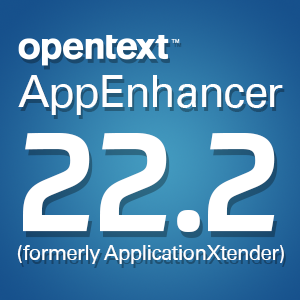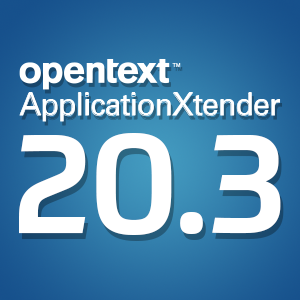Healthcare industry looks to improve EDM workflows
Monday, May 20, 2013Technology has offered new opportunities for healthcare organizations for improving the efficiency and quality of patient care. Recent research has found that more providers are looking to leverage electronic document management (EDM) solutions to not only drive productivity and stronger decision-making in the healthcare environment, but also enhance engagement with patients. With digital records, doctors can more easily retrieve and share patient information from anywhere and at anytime, while also ensuring those documents are up-to-date and accurate.
A report by MarketsandMarkets forecast that the healthcare IT Market will grow at a annual rate of 7 percent to reach $56.7 billion by 2017. According to the study, North America commanded the highest portion of the market, due mainly to strong government support for these initiatives. With increasing investments and incentives for implementing electronic health records (EHRs), an influx of aging population flooding the healthcare system and a rising demand for ROI, there has been an immense focus on the digital transition. Further, the report noted that in 2011, roughly 176,000 doctors registered for the Obama administration's Medicare and Medicaid EHR incentive programs, which provided a total of $2.5 billion in incentives. However, as more medical agencies look to actively adopt digitization, it will be imperative to streamline workflow systems and ensure optimal data security.
Support for streamlined workflow
A related study from HIMSS Analytics detailed some of the accessibility issues that occur when implementing digital record-keeping, according to the National Post.
"Hospitals continue to move from paper-based to electronic medical records in an effort to increase efficiency and improve patient care," said Ed Gaudet, chief marketing officer for Imprivata, the news source noted. "However, this transition introduces potential data access and clinical workflow challenges."
Gaudet explained that healthcare IT administrators are turning to new technologies to eliminate these barriers to accessing patient information and realize the full potential benefits inherent to an EHR system.
The National Post reported that the study determined that a lack of integration between electronic systems is a major barrier preventing clinicians from seamlessly accessing patient data. Additionally, organizations cited data security as a major concern. Thus, it is imperative to leverage professional conversion services to ensure all information is safeguarded during the digital transition.
By utilizing best-of-breed electronic solutions and skilled experts, organizations can migrate to electronic systems more effectively. EDM software allows users to more rapidly find important data necessary for decision-making, which also enables clinicians to spend more time with clients as opposed to searching for records.
Brought to you by Image One Corporation providing complete information governance since 1994.




